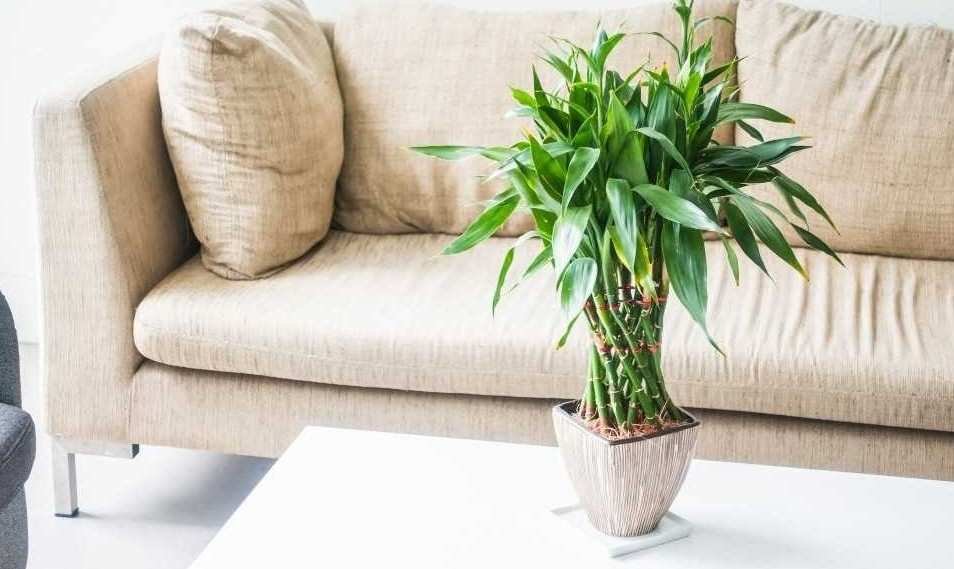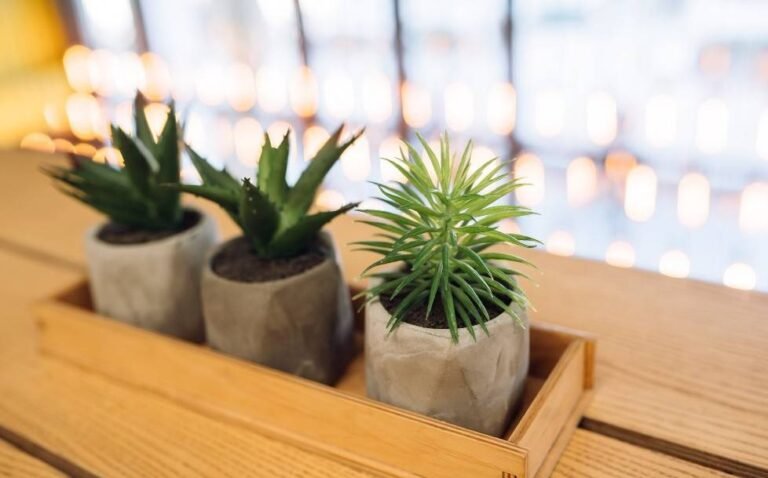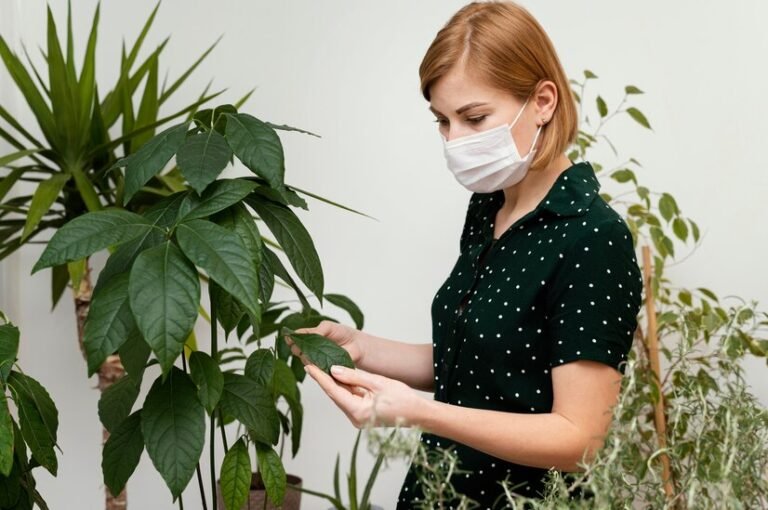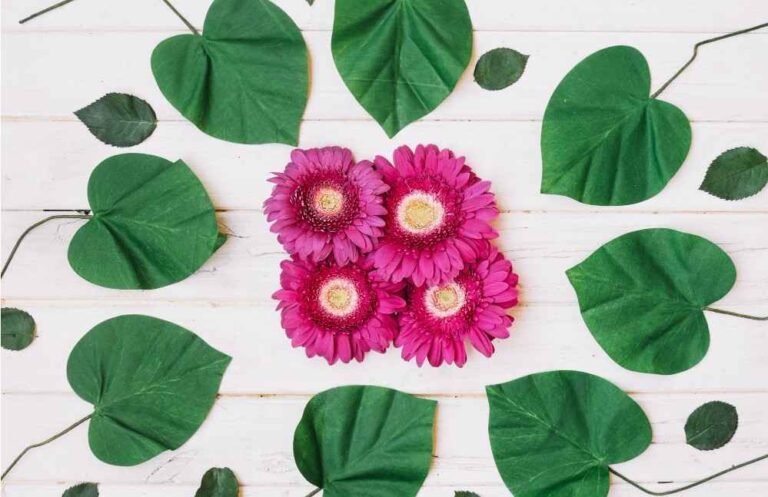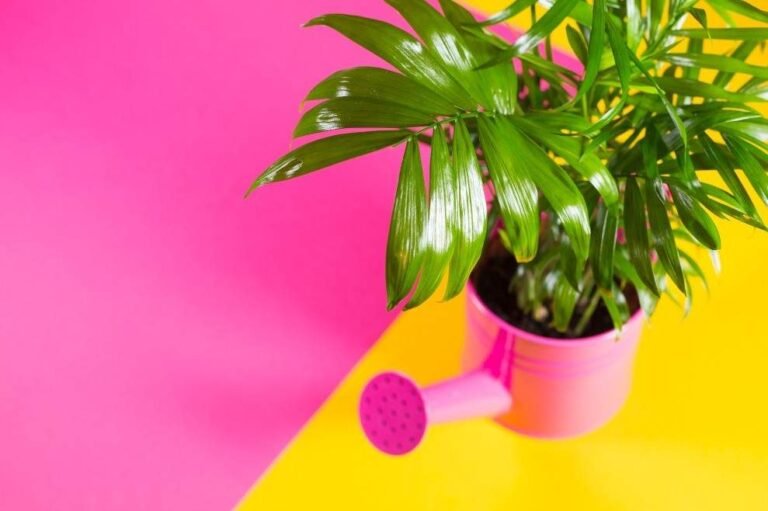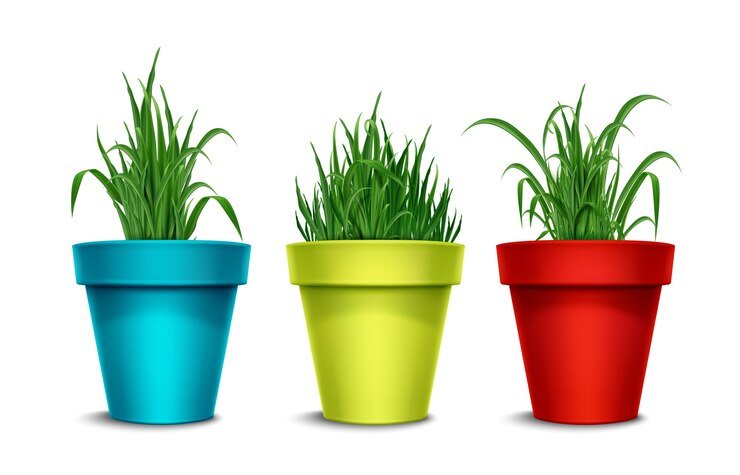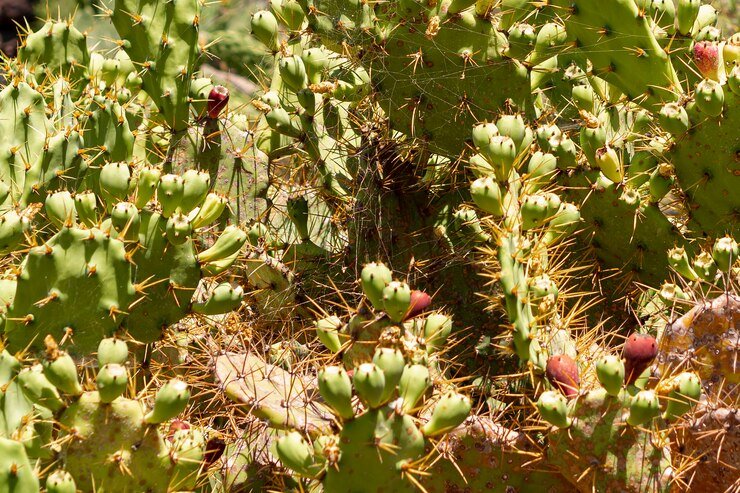Essential Dracaena Care Tips for Healthier Indoor Plants
A well-designed statement tree can be the missing element in your plant collection. It can turn a cluster of plants into an indoor forest with just one addition. What can you do when you’re looking for an indoor tree but don’t have lots of sunlight? You get a Dracaena! But dracaena care is the most important when you have this plant.
Dracaenas are a species of trees and shrubs indigenous to Africa, parts of Asia, and Australia that can grow to over 20 feet tall in the wild. Indoors, they can be kept smaller with regular and deliberate pruning.
They’re tall and slim with twisted, winding branches filled with palm-shaped leaves. Dracaenas are also known to be fairly easy to keep indoors with proper sunlight and watering methods.
What’s a Dracaena?
Dracaena plants vary in shape, size, and color, yet they all share a common feature: their long leaves extend outward and upward from a central stalk or cane. The strong canes add an intriguing design element to the enchanting leaves.
As a Dracaena grows, it maintains an upright appearance, making it ideal for spaces without much wall space, behind furniture, or in small corners.
Dracaenas are low-maintenance, easy-to-care-for indoor plants that thrive in nearly every environment.
Dracaena Types
There are over 170 varieties of dracaena houseplants. Here are a few favorites:
Janet Craig
Dracaena deremensis ‘Janet Craig,’ also called Dracaena deremensis ‘Compacta,’ is a solid green plant with shorter internodes. It adapts well to low-light conditions.
Corn Plant
Dracaena fragrans ‘Massangeana,’ named the corn plant for its similarity to the crop, has a woody stem with a broad band of gold in the center of its leaves.
Florida Beauty
Dracaena surculosa ‘Florida Beauty’ is less invasive and shrubbier than most dracaenas, rarely exceeding 2 feet in height. Its leaves are broad and speckled with creamy yellow, calling it “Gold Dust.”
Lemon Lime
Dracaena deremensis ‘Lemon Lime’ features leaves with a central green band and chartreuse-green margins.
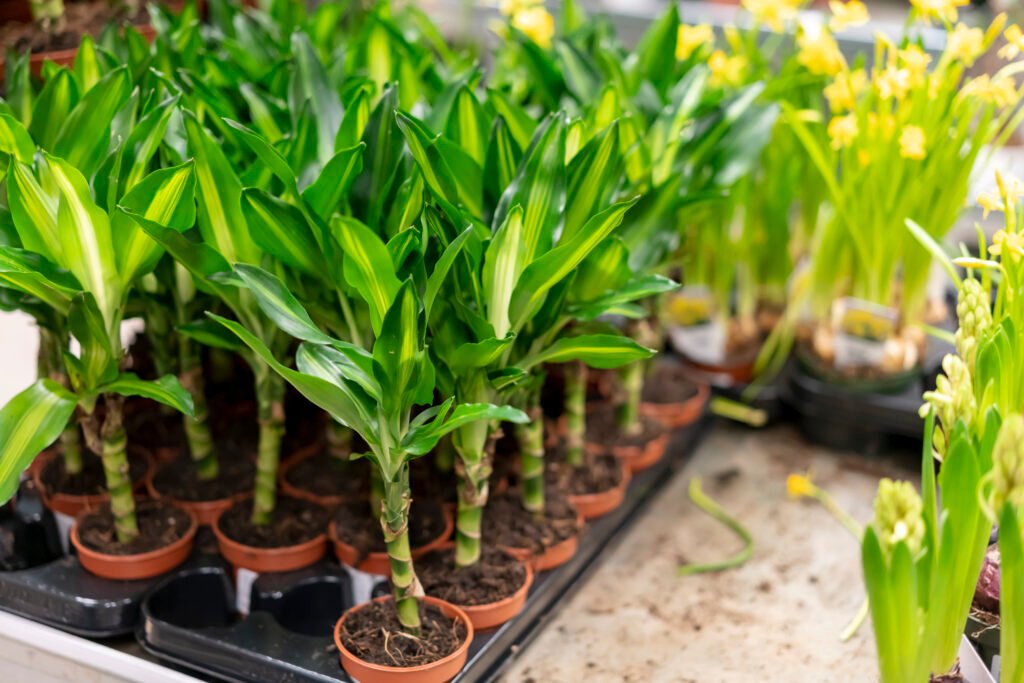
Lucky Bamboo
Dracaena sanderiana, not bamboo, has a flexible stem often shaped into intricate designs. It thrives in water or a gravel-filled pot with water.
Madagascar Dragon Tree
Dracaena marginata, sometimes called the Madagascar Dragon Tree, may be planted as a multi-stem shrub or tree. The stems of trees are trained to grow using bends or crooks. The leaves, which are strap-like in appearance, are deep green and separated by a narrow strip of maroon.
Ribbon Plant
Dracaena sanderiana ‘Variegata’ is similar to lucky bamboo but has white leaf edges. It’s commonly found in terrariums due to its shorter stature.
Song of India
Dracaena reflexa ‘Song of India’ is a clumping plant that usually grows with multiple stems in pots. Its leaves have gold-trimmed edges and are 6-8 inches long. Sometimes, it’s sold as Pleomele reflexa.
Tricolor
Dracaena marginata ‘Tricolor,’ or Rainbow Plant, is a lighter version of the Madagascar Dragon Tree. Its narrow leaves have a central green band, surrounded by gold and trimmed in red.
How to Plant Dracaena Plants
When choosing a potting mix, remember dracaenas prefer well-drained soil rich in organic matter.
We suggest Miracle-Gro® Indoor Potting Mix, less prone to gnats and free of compost or materials that could attract pests. (Fungus can be a common issue with dracaena plants.) It dries well, partly due to the coconut coir used in its composition.
Choose a container that is one-third larger than your plant’s root size. Fill it one-third with a potting mix. Place the plant in the container, ensuring the top of the root ball is an inch below the pot’s top (to prevent overflow when watering).
Fill around the root ball with more potting mix, water thoroughly, let it drain, and move it to its permanent spot indoors.
Dracaena Care
Here are the primary dracaena care needs for growing dracaena:
- Choose a location with bright, indirect sunlight indoors or dappled sunlight outdoors.
- Use well-drained, slightly acidic soil or potting mix.
- Water regularly in spring and summer, reducing watering in winter.
- Increase humidity for indoor plants in winter, if needed.
- Fertilize monthly with a water-soluble fertilizer.
- Prune in spring or summer to control growth if necessary.
Planting
In USDA Zones 10-11, dracaena can be grown outdoors, where it may grow larger than as a houseplant. Choose a species appropriate for the spot where it will mature.
Select a location with dappled sunlight. The morning sun is preferred to the harsher afternoon sun if it receives direct sun. Soil should be well-drained and slightly acidic with a pH of 6.0 to 6.5.
Light
Place dracaena in a location that receives an indirect, bright light. Although the plant can tolerate only short exposures to direct sunlight, prolonged exposures to sunlight can cause leaf scorch. It can also withstand dim lighting in indoor environments, but it is more productive with greater exposure to indirect sunlight.
Outdoors, choosing the shade of a partial area or with a spotty sun is perfect.
Soil
Use a commercial potting mix with peat and slight acidity for potted plants. The soil should be well-drained and fertile for outdoor landscaping in tropical areas.
Water
Ensure that the plants are always moist throughout their growth season (spring through the fall); however, allow them to dry out during the dormant winter period.
They should be watered thoroughly every week during the growing season. Let excess water run off the pot and into the basin or tray beneath. In winter, you should water them moderately twice a week.
Temperature and Humidity Needed for Dracaena Care
Most dracaena species thrive in temperatures between 70-80°F but suffer if temperatures fall below 50°F. They prefer high humidity, which can be challenging indoors in winter. Mist or use a humidifier if the indoor air is dry.
Fertilizer
Feed dracaena house plants monthly in spring and summer with a water-soluble fertilizer. Avoid fertilizing in fall and winter, when growth slows.

How to Grow Dracaena From Seed
Since dracaena house plants rarely bloom and fruit indoors, seed propagation is uncommon.
Dracaena grows well in any commercial potting mix in a large pot with drainage. Place a tray under the pot to capture excess water. Replace the top 2-3 inches of soil yearly to replenish nutrients. Repot in a slightly larger pot when roots appear at drainage holes.
Dracaena can be affected by pests common to houseplants, like thrips and mealybugs. It may also attract aphids and spider mites. Fungal leaf spots can occur in overly humid soil.
Common Problems With Dracaena
Issues with dracaena often appear on the leaves.
Browning Leaves
Dracaena tends to react negatively to fluorides and built-up salts that can cause the leaves to turn brown. When you observe this, consider using water that is not fluoridated and extra regular watering each month. The leaves will also brown due to low humidity levels. Mist your plant often or utilize an air humidifier to correct this.
Scorched Leaves
A lot of direct sunlight could burn plants’ leaves. Change the plant’s location to one less subject to direct sunlight. If the only location available is a window, you can use the sheer curtain to block the sunlight.
Yellowed Leaves
If the leaves on a dracaena plant turn yellow, the most likely cause is excessive watering. Reduce how much water you provide your plant. If the soil has become compacted and drains poorly, repot the plant using fresh pot soil.
Wilted Leaves
Wilted, wilted leaves aren’t necessarily an indication that your plant requires water. Although wilting can indicate that the plant isn’t getting suitable moisture, there are many other causes that could be at play, like sudden fluctuations in temperature, inadequate lighting, low moisture, and fungal diseases.
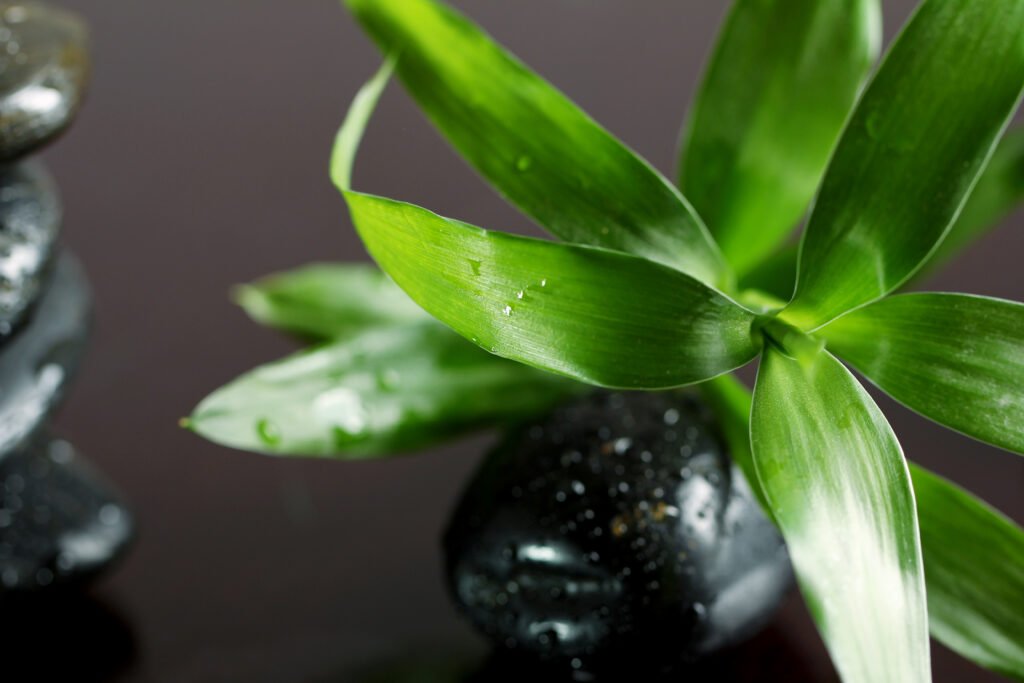
FAQs
Where can I place Dracaena indoors?
Indoors, grow dracaena in bright, indirect light. Though many species tolerate low light, moving them to brighter spots encourages growth.
How often should I water my outdoor Dracaena?
Dracaenas don’t need much water and prefer soil that’s somewhat moist but not wet. Water weekly or biweekly, allowing soil to dry between waterings. Mist leaves once or twice a week.
Does Dracaena need sunlight?
Bright indirect light Dracaena plants will most likely prefer direct, bright light. This means that they must be located near an area exposed to bright light but filtered. Direct sunlight can burn foliage and damage the plant; therefore, be sure to avoid placing your Dracaena in an area in direct sunlight.
How do I care for potted Dracaena?
Your Dracaena is a fan of bright indirect light but will be adapted to low light. A lot of direct sunlight could cause burns and bleaching of the leaves. The top 50-75 percent of soil gets dry. Let the water run through the drainage hole in the bottom of the pot. Then, remove any excess liquid that has accumulated inside the saucer.
Why are the tips of my Dracaena’s leaves brown?
Dry soil and low humidity cause leaves to fall and turn brown around their edges. This is being followed by complete yellowing as well as a browning fall. Misting the foliage of your Dracaena frequently will boost levels of humidity. It is also possible to use the pebble tray to get an ongoing boost in moisture or by using a humidifier.

